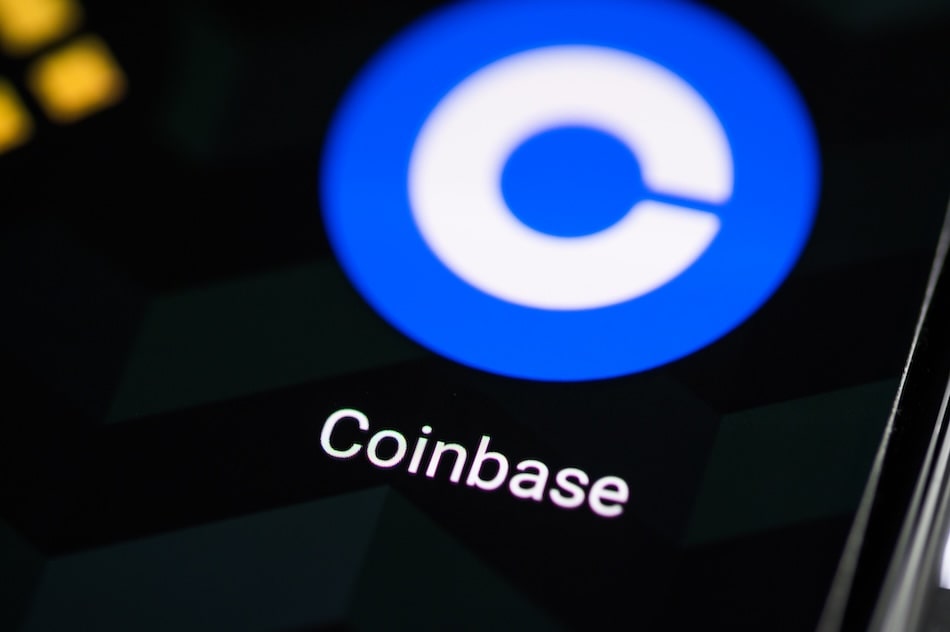
Bitcoin’s on-chain activity has surged following renewed accumulation by the so-called “Bitfinex whale,” as highlighted by Blockstream CEO Adam Back.
Over the past 48 hours, this entity has reportedly purchased approximately 300 BTC per day using time-weighted average price (TWAP) strategies, signaling substantial buying interest at scale.
Whale accumulation and market impact
Adam Back emphasized the scale of these purchases:
“For context 300btc/day that’s $400/second all day, historically they’ve done this days, weeks continuously and ramped it up too harder too up to 1000btc/day ($1300/second all-day at these prices).”
Such sustained accumulation can absorb significant supply, potentially leading to upward price pressure or market stabilization during periods of volatility.
Historically, similar whale activity has preceded major moves in the bitcoin price history, though it can also introduce volatility if whales later exit their positions.
Debate over whale strategies
Not all observers interpret this behavior as bullish.
One commenter cautioned:
“That’s not a good thing, as Bitfinex whales buy downtrends and sell uptrends.”
This dynamic reflects a long-standing debate—while whales often provide price support during downturns, they can also create resistance during rallies by selling into strength.
Adam Back’s influence
Adam Back, inventor of Hashcash—a key component referenced in the original Bitcoin whitepaper—is a respected figure in the industry.
As CEO of Blockstream, his analysis is closely watched.
Current exchange supply remains at multi-year lows, and institutional interest appears strong.
Large-scale spot buying, like that of the Bitfinex whale, could contribute to a supply squeeze if trends persist. However, as recent cycles have shown, whale accumulation does not guarantee immediate price rallies; traders will be watching for signs of a major move or reversal.



